Mountain refuges have sheltered weary travelers for centuries, providing warm beds and hot meals in some of the world’s most remote locations. These traditional mountain huts represent far more than simple places to sleep — they’re genuine lifelines for hikers, sanctuaries that’ve evolved from basic stone shelters into beloved institutions preserving alpine culture and hospitality.
From the wind-swept peaks of the Alps to Patagonia’s rugged terrain, mountain refuges continue a tradition spanning hundreds of years. Here’s a list of 15 traditional mountain refuges that showcase the rich heritage and enduring appeal of high-altitude hospitality.
Refuge du Goûter

Perched at 12,582 feet on Mont Blanc’s normal route, Refuge du Goûter stands as one of Europe’s highest mountain huts. This modern refuge replaced its predecessor in 2013 — yet maintains the same vital role it’s served for over a century. The building’s distinctive metallic exterior reflects harsh alpine conditions, while inside, climbers discover dormitory-style accommodations alongside hearty French alpine cuisine.
Most visitors use this refuge as a staging point for Mont Blanc’s summit, which makes it among the world’s busiest mountain huts.
Cabane des Dix
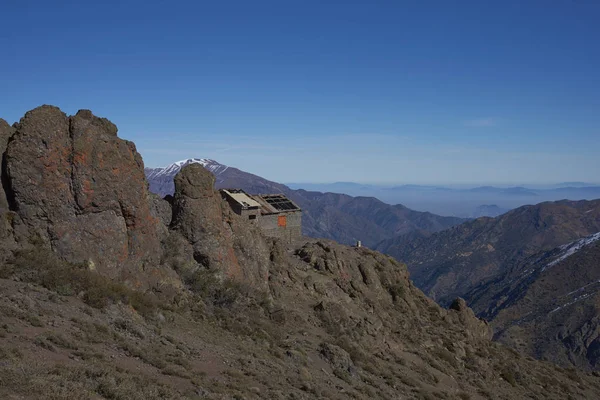
Located at 9,515 feet in Switzerland’s Valais region, Cabane des Dix offers spectacular views of surrounding glaciers and peaks. The refuge sits dramatically on a rocky outcrop above the Cheilon Glacier — accessible only by foot through some of Switzerland’s most pristine alpine terrain.
Built by the Swiss Alpine Club, this stone and timber structure maintains traditional alpine architecture while providing modern amenities. The hut serves as a popular base for the classic Haute Route trek, plus numerous peak ascents throughout the region.
Like Travel Pug’s content? Follow us on MSN.
Rifugio Torino
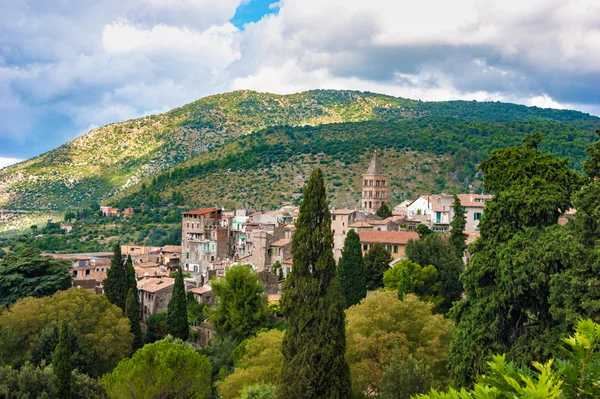
Standing at 11,358 feet on Mont Blanc’s Italian side, Rifugio Torino provides access to some of the Alps’ most challenging terrain. The refuge connects to France’s Aiguille du Midi via cable car — making it unique among high-altitude mountain huts.
Despite its accessibility, the refuge maintains traditional mountain hospitality with dormitory accommodations and communal dining. Mountaineers use this hut as a launching point for technical climbs on the Mont Blanc massif, though trekkers appreciate its role on the Tour du Mont Blanc circuit.
Berghof Faulhorn
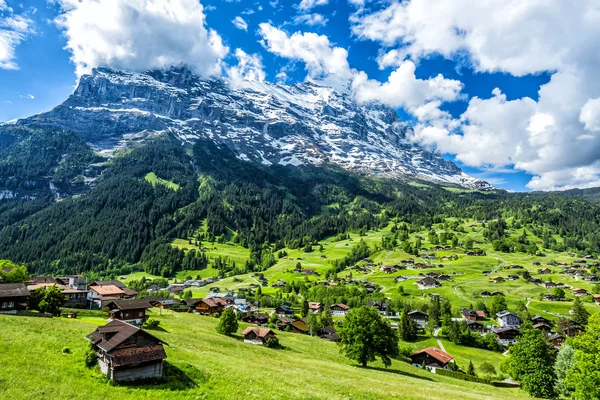
Situated at 8,796 feet above Grindelwald, Berghof Faulhorn claims to be Switzerland’s oldest mountain inn still operating. The refuge has welcomed guests since 1832 — maintaining traditions that span nearly two centuries. From its terrace, visitors enjoy panoramic views of the Bernese Oberland, including the famous trio of Eiger, Mönch, and Jungfrau peaks.
The family-run establishment serves traditional Swiss mountain fare while offering both dormitory and private room accommodations in a building that perfectly captures old-world alpine charm.
Refugio Torre Central
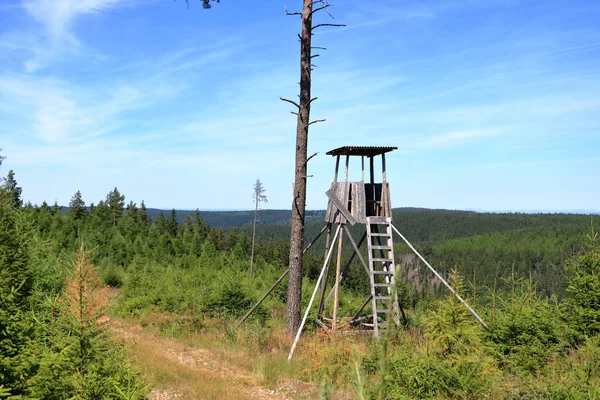
Located in Argentina’s Fitz Roy range at 3,937 feet, Refugio Torre Central serves trekkers exploring Patagonia’s granite spires. The refuge sits in a wind-battered landscape where weather can shift from calm to catastrophic within minutes. Built to withstand Patagonia’s notorious winds, the sturdy structure provides essential shelter for climbers attempting Cerro Torre and nearby peaks.
The refuge maintains a rustic atmosphere with wood-burning stoves — plus simple accommodations that reflect Patagonia’s raw, untamed nature.
Like Travel Pug’s content? Follow us on MSN.
Refugio Frey
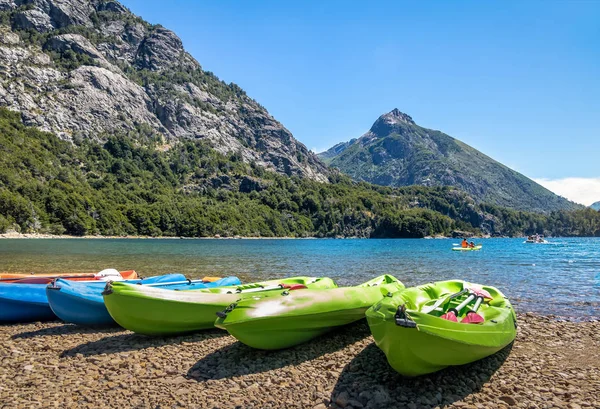
Positioned at 5,577 feet in Argentina’s Nahuel Huapi National Park, Refugio Frey sits beneath towering granite spires near Bariloche. The refuge offers spectacular views of Cerro Catedral and the surrounding Patagonian landscape — accessible via a moderate 4-mile hike through lenga forests.
Built in traditional mountain style with stone and timber, the hut provides dormitory accommodations plus hearty Argentine mountain fare. Rock climbers use this base to tackle the area’s famous granite walls, while trekkers appreciate its role as a gateway to the broader Patagonian wilderness.
Refuge Albert Premier
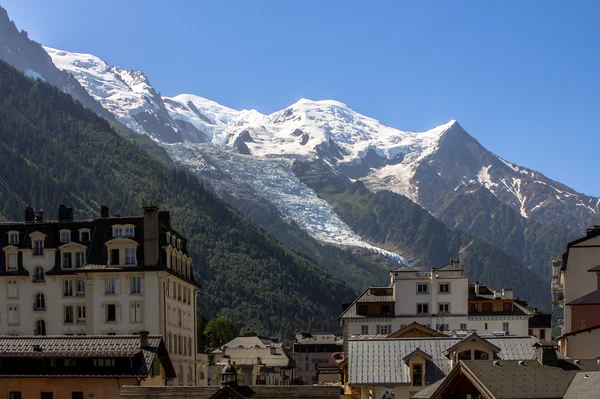
Perched at 7,054 feet in the French Alps, Refuge Albert Premier serves as a gateway to Chamonix Valley’s high peaks. The refuge sits beside the Albert Premier Glacier — offering front-row seats to dramatic ice formations and surrounding granite spires.
Built in traditional alpine style with local stone and timber, the hut maintains cozy interiors warmed by wood-burning stoves. Trekkers on the Tour du Mont Blanc often spend nights here, whereas mountaineers use it as a base for technical climbs on nearby peaks like Aiguille du Chardonnet.
Rifugio Lagazuoi
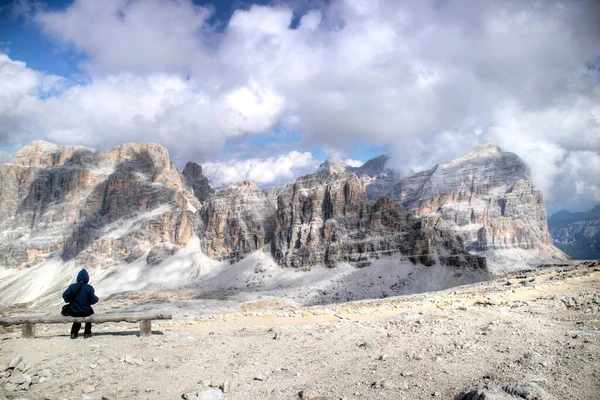
Standing at 9,301 feet in Italy’s Dolomites, Rifugio Lagazuoi occupies a historic position on a former World War I battleground. The refuge sits atop Monte Lagazuoi, accessible by cable car or hiking trail, offering panoramic views of the Dolomites’ distinctive limestone peaks.
Built on the site of Austrian military positions, the hut combines historical significance with modern mountain hospitality — serving traditional South Tyrolean cuisine alongside comfortable accommodations. Hikers use this refuge as a base for exploring the Alta Via 1 route, while history enthusiasts explore the nearby war tunnels and fortifications.
Like Travel Pug’s content? Follow us on MSN.
Refugio Otto Meiling
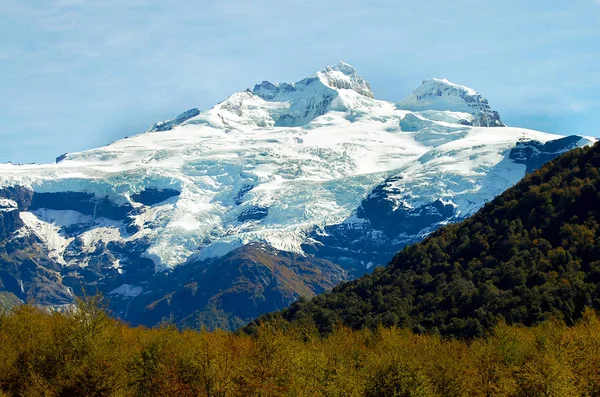
Situated at 6,890 feet in Argentina’s Nahuel Huapi National Park, Refugio Otto Meiling provides shelter on the slopes of Cerro Tronador near the Chilean border. The refuge sits in a dramatic glacial valley surrounded by ancient ice flows and towering volcanic peaks.
Built to withstand harsh Patagonian weather, the sturdy stone structure offers basic accommodations while serving as the primary base for climbers attempting Tronador’s summit. The refuge maintains a rustic atmosphere with wood-burning stoves — providing essential warmth for mountaineers exploring one of the region’s most challenging peaks.
Refuge des Cosmiques
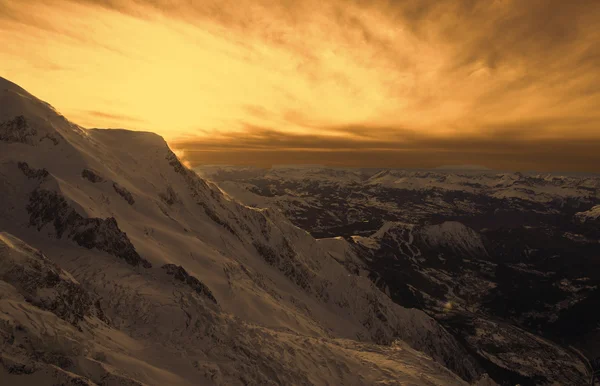
Located at 11,168 feet on the Aiguille du Midi, Refuge des Cosmiques occupies one of the Alps’ most spectacular positions. The refuge clings to a narrow ridge with dramatic drops on both sides — offering unparalleled views of the Mont Blanc massif.
Despite its extreme location, the hut maintains traditional mountain hospitality with dormitory accommodations and communal meals. Mountaineers use this refuge for acclimatization, though it also serves as a base for technical climbs on some of the Alps’ most challenging peaks.
Cabane du Trient
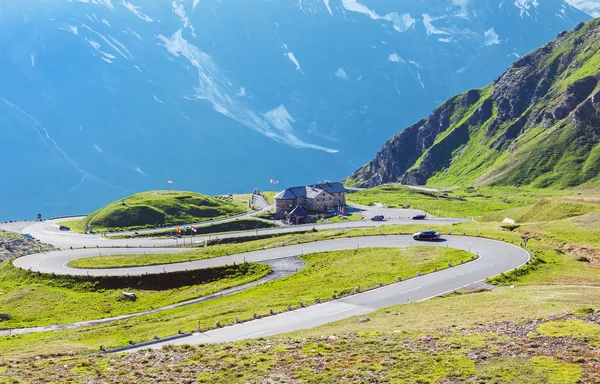
Positioned at 10,699 feet above Switzerland’s Trient Glacier, this refuge serves trekkers completing the classic Haute Route between Chamonix and Zermatt. The stone and timber structure sits on a rocky promontory surrounded by glacial terrain and towering peaks.
Built by the Swiss Alpine Club, the refuge maintains traditional alpine architecture yet provides modern safety features. The location offers spectacular sunrise views over the Bernese Alps, serving as a crucial overnight stop on one of Europe’s most famous trekking routes.
Like Travel Pug’s content? Follow us on MSN.
Warden Hut
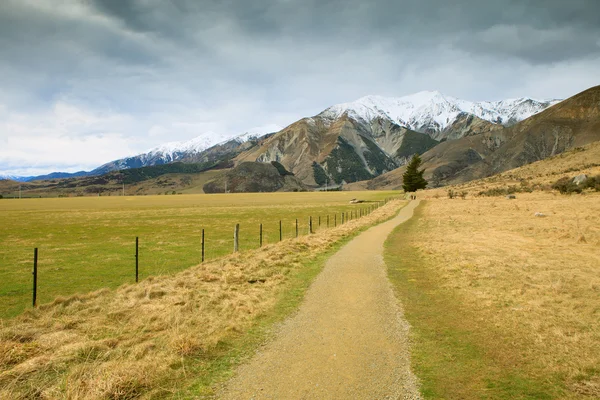
Standing at 6,600 feet in New Zealand’s Arthur’s Pass National Park, Warden Hut represents the Southern Alps’ approach to mountain refuge design. The bright orange structure stands out against tussock grasslands and rocky peaks, built to withstand the region’s notoriously variable weather.
Unlike European refuges, this hut operates on a self-service basis, reflecting New Zealand’s tradition of independent mountain travel. The refuge provides essential shelter for trampers exploring the South Island’s dramatic alpine environment.
Refugio José Ribas
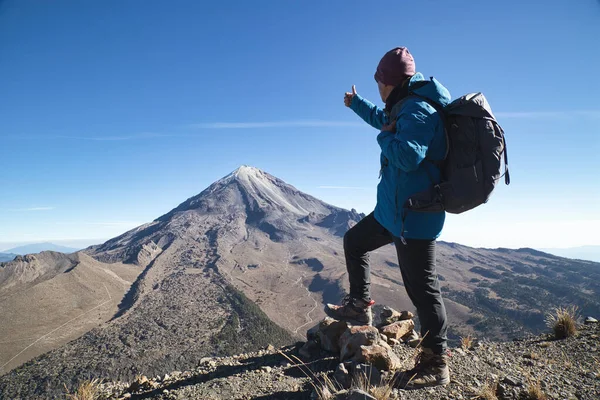
Located at 16,437 feet on Mexico’s Pico de Orizaba, this refuge represents a high-altitude shelter in an unexpected location. The stone hut sits just below the treeline on Mexico’s highest peak, serving climbers attempting the summit of this dormant volcano.
Despite its tropical latitude, the elevation creates alpine conditions that make the refuge essential for safe ascents. The simple structure provides basic shelter while serving as an acclimatization point for climbers adjusting to thin air at high altitude.
Baita Segantini
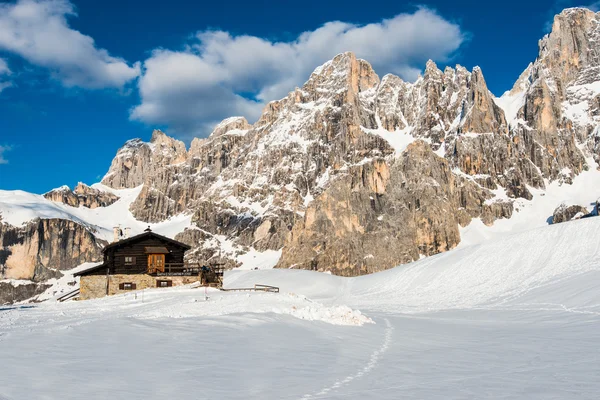
Situated at 7,218 feet in Italy’s Dolomites, Baita Segantini combines traditional alpine architecture with the unique limestone landscape of the region. The refuge sits on Alpe di Siusi, Europe’s largest high-altitude plateau, surrounded by the distinctive spires and walls that make the Dolomites famous.
Built in traditional South Tyrolean style, the refuge serves local specialties that reflect the region’s Austrian and Italian influences. Hikers use this base to explore the UNESCO World Heritage landscape of vertical limestone walls and flower-filled meadows.
Like Travel Pug’s content? Follow us on MSN.
Refugio Chileno
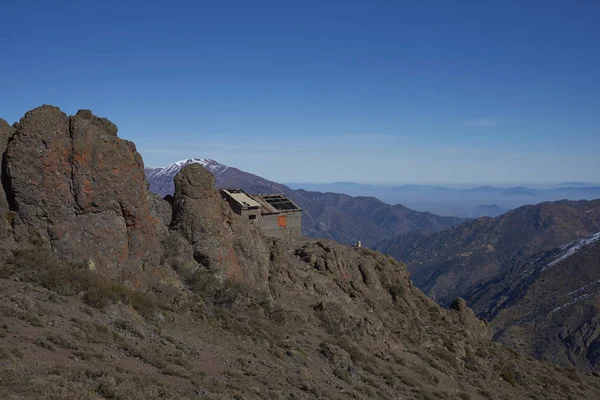
Positioned at 6,890 feet in Chile’s Torres del Paine National Park, Refugio Chileno provides shelter beneath Patagonia’s most iconic granite towers. The refuge sits in a valley surrounded by beech forests and glacial streams, offering protection from the region’s notorious winds.
Built to blend with the natural environment, the structure provides essential services for trekkers completing the famous ‘W’ circuit. The location offers spectacular views of the Torres themselves, three granite spires that rise dramatically from the Patagonian steppe.
Mountain Traditions That Endure
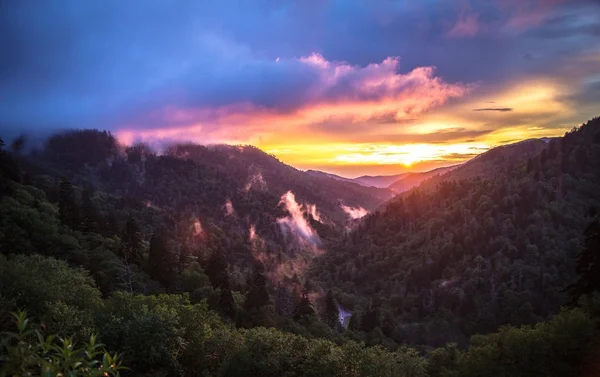
These traditional mountain refuges represent more than just overnight accommodations — they embody centuries of alpine culture and the enduring human desire to explore wild places safely. Each refuge carries forward traditions of mountain hospitality that began when crossing high passes meant the difference between life and death.
Today’s hikers benefit from this legacy, finding warm shelter and hot meals in locations that would otherwise be impossibly remote. The refuges continue serving their original purpose while adapting to modern needs, ensuring that future generations can experience the mountains’ raw beauty with the security that comes from knowing shelter awaits at day’s end.
More from Travel Pug

- 20 Best Beach Towns in the Carolinas
- 13 Destinations Where Tourists Regularly Regret Their Trip
- 20 Things You Actually Get in First Class
- 20 Small Airports With Aviation Museums
- 20 Places in the U.S. That Are Perfect for a Reset Trip
Like Travel Pug’s content? Follow us on MSN.
